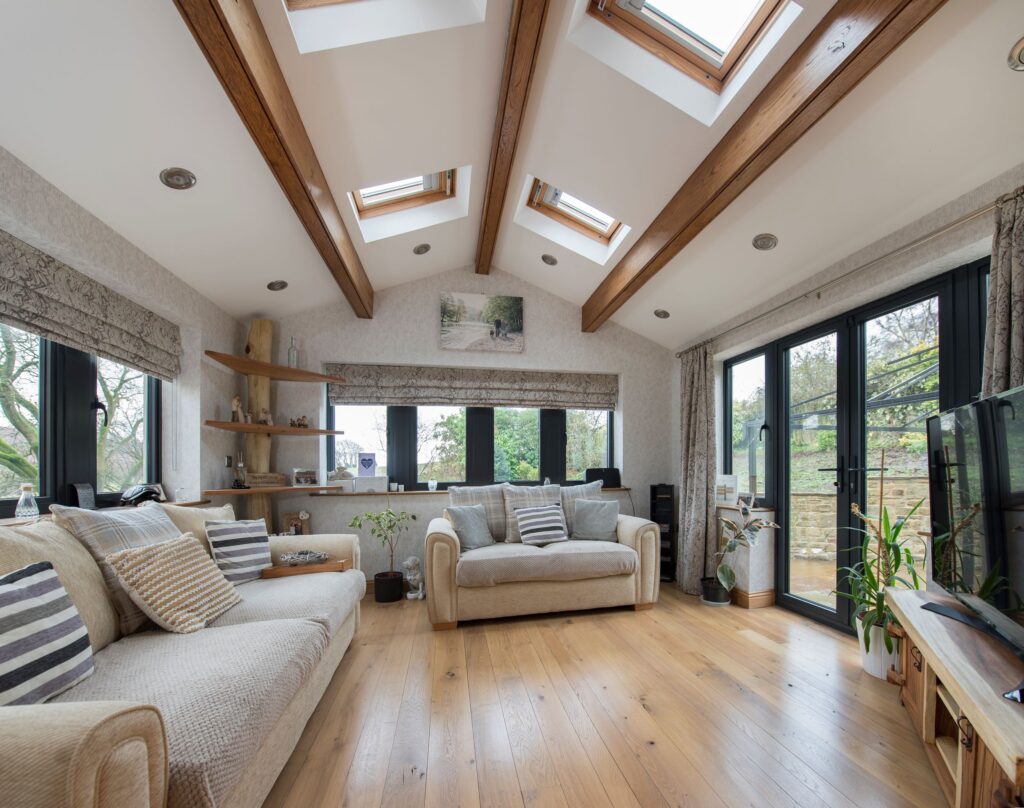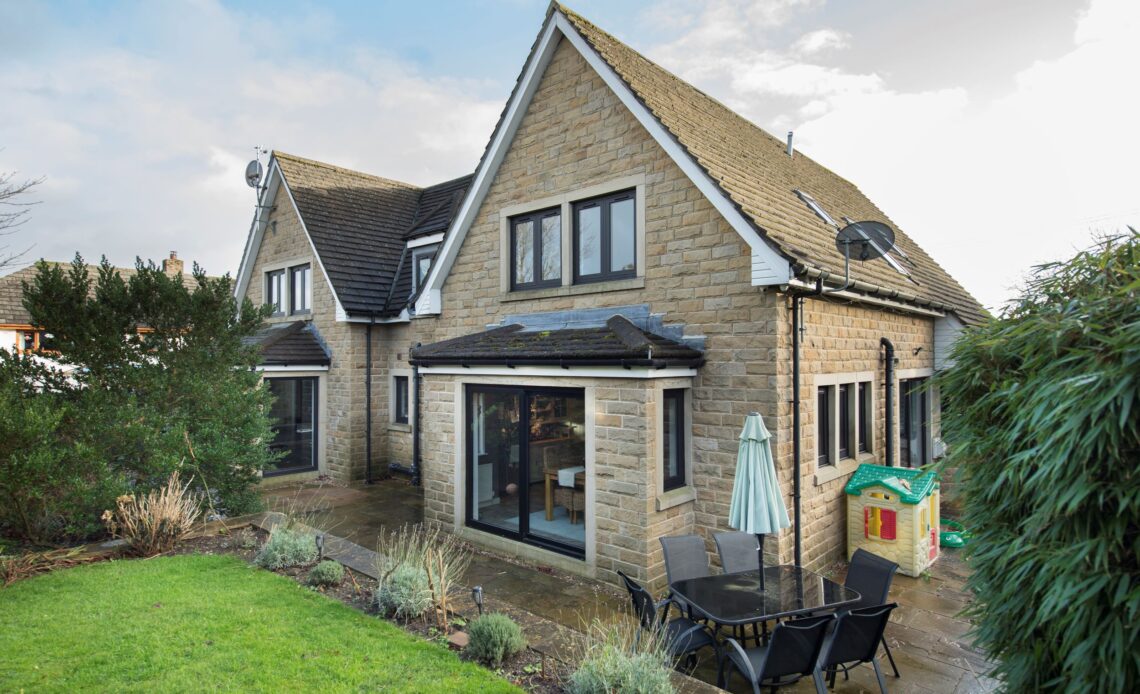In the realm of architectural elegance and timeless charm, few elements rival the allure of traditional sash windows. Their classic design has graced buildings for centuries, adding character and sophistication to both historical landmarks and modern constructions. With the advancement of technology, traditional wooden sash windows have evolved into more durable and energy-efficient alternatives, such as uPVC sliding sash windows. Let’s delve into the workings of these windows and explore why they remain a popular choice among homeowners.
How do uPVC sliding sash windows work?
uPVC sliding sash windows are ingeniously designed to replicate the functionality of traditional sash windows while incorporating modern materials for enhanced durability and efficiency. The basic mechanism involves two sashes, or movable panels, which slide vertically within the window frame. Counterweights or springs hidden within the frame facilitate smooth operation, allowing users to effortlessly open and close the windows. Additionally, modern uPVC sliding sash windows often feature tilt-in functionality for easy cleaning and maintenance.
Are sliding sash windows secure?
Security is a paramount concern for any homeowner, and uPVC sliding sash windows are no exception. Manufacturers prioritize security features, incorporating robust locking mechanisms and reinforced frames to deter intruders. With advancements in technology, many uPVC sliding sash windows now boast multi-point locking systems and toughened glass for added protection, providing homeowners with peace of mind without compromising on aesthetics.
What is a gliding sash window?
A gliding sash window, often referred to as a sliding sash window, operates on a horizontal sliding mechanism rather than the traditional vertical sliding motion of sash windows. While less common than their vertical counterparts, gliding sash windows o er similar benefits in terms of space-saving and ventilation control.

What is the difference between a sash window and a casement window?
The primary distinction between sash windows and casement windows lies in their operation and design. Sash windows feature vertically sliding panels within the frame, allowing for controlled airflow and a timeless aesthetic. In contrast, casement windows are hinged on one side and open outward like a door, providing unobstructed views and excellent ventilation.
Are sash windows more expensive than normal windows?
While sash windows may come with a higher initial cost compared to standard windows, their timeless appeal, energy efficiency, and durability often justify the investment. Additionally, advancements in manufacturing techniques have made uPVC sliding sash windows more
affordable than their traditional wooden counterparts, offering homeowners a cost-effective alternative without compromising on quality.
Why do people like sash windows?
The enduring popularity of sash windows can be attributed to several factors. Firstly, their elegant design adds a touch of charm and sophistication to any property, enhancing its aesthetic appeal and architectural value. Secondly, sash windows o er excellent ventilation control, allowing users to adjust airflow to their preference while maintaining indoor comfort. Moreover, their versatility makes them suitable for both traditional and contemporary homes, offering timeless beauty with modern functionality.
In conclusion, uPVC sliding sash windows combine the best of both worlds: the classic elegance of traditional sash windows with the durability and efficiency of modern materials. With their smooth operation, enhanced security features, and timeless appeal, it’s no wonder that they continue to be a popular choice among homeowners looking to elevate their living spaces with style and functionality.

